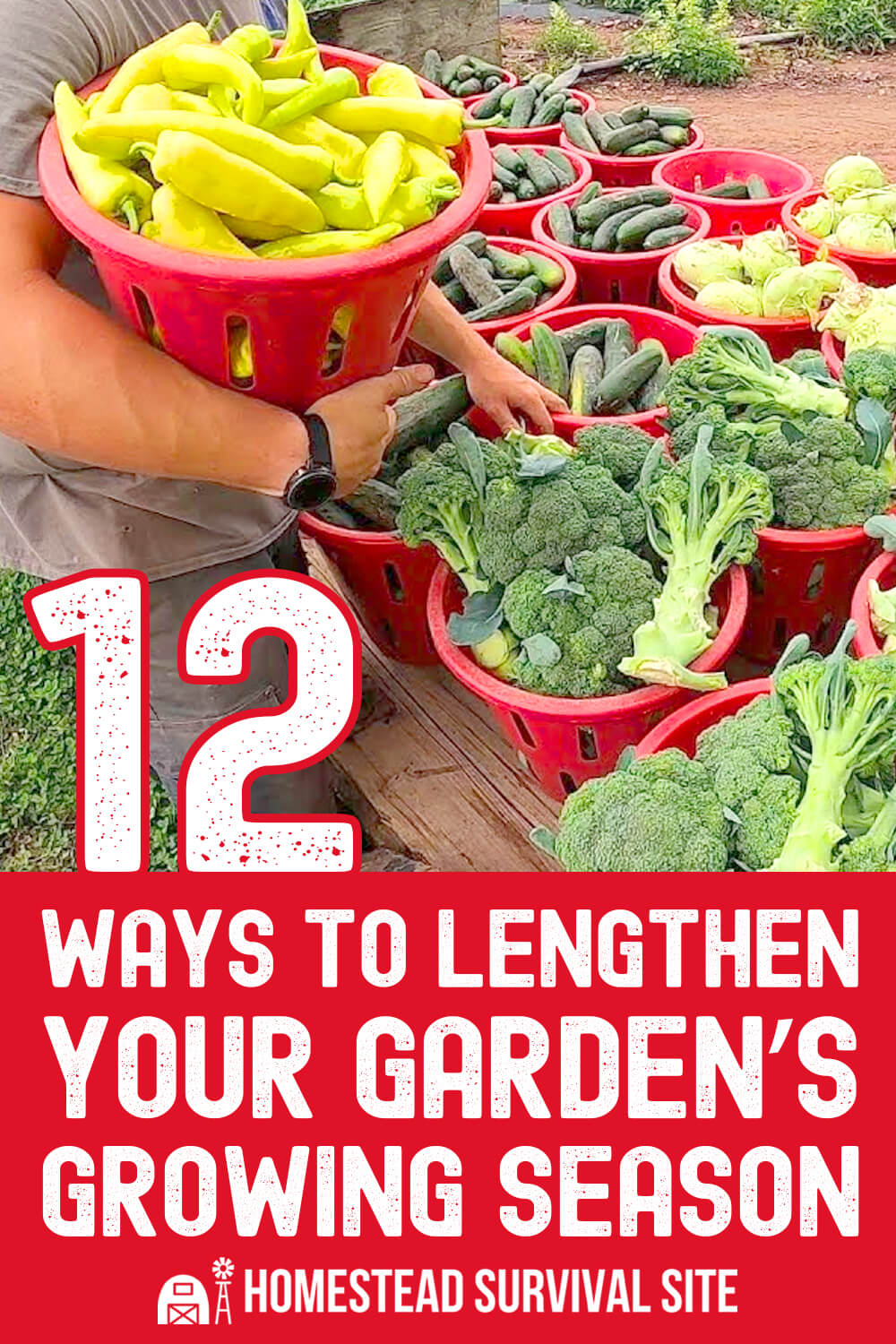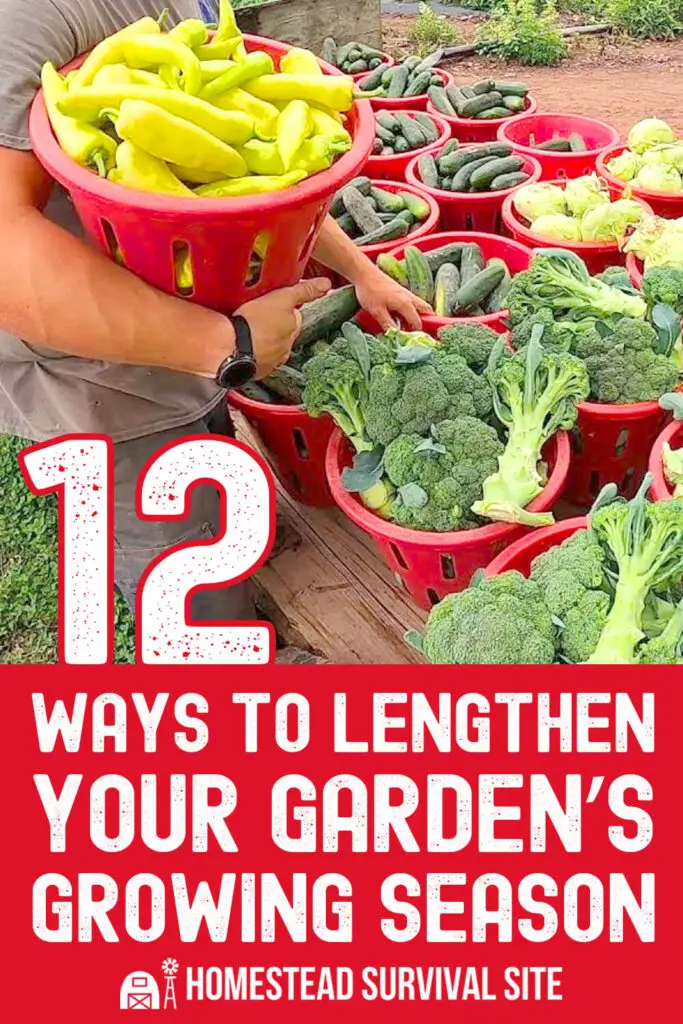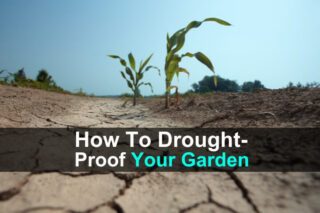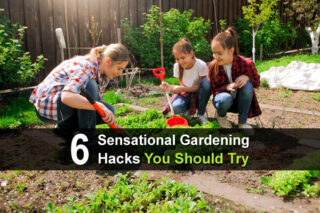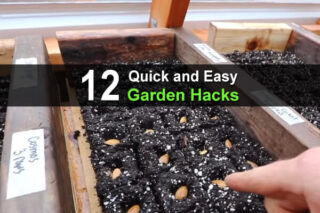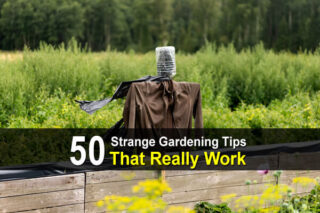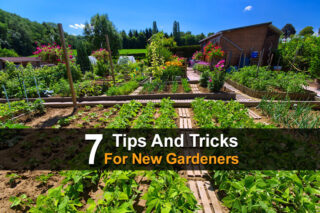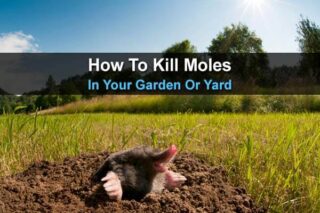Estimated reading time: 6 minutes
Many gardeners wait diligently for late spring so that they can begin their gardens, and then they reluctantly call it quits in the fall. Depending on where you live, that can be a short-lived growing season of only four months or so.
However, there are some simple ways to lengthen your garden’s growing season. With a longer growing season, you can produce more fruits, vegetables, and flowers, which means you can put more food on your table and more money in your pocket. Here are 12 ideas.
Want to save this post for later? Click Here to Pin It On Pinterest!
1. Know Your Climate and Microclimate
The USDA climate map is a good place to start, but keep in mind that these map ranges are broad. Your own careful records will give you a much better idea of how your climate affects your garden.
Also, take specific notes of how shade and/or wind protection from trees or buildings affect your plants. Which areas drain well and which are more susceptible to frost? Your plants will grow better and longer when you keep track of these details and plant accordingly.
2. Plant More Frequently
Do you plant once and that’s it? With successive planting, you can extend your harvest season. Another bonus of successive planting is that it discourages weeds. Here are three methods for successive planting:
- Sow seeds and set out started seedlings of the same variety at the same time.
- Replant seeds periodically. For example, you could sow quick-growing seeds like radishes once a week. Try sowing beans, carrots, and salad greens every two weeks and cucumbers and summer squash about once a month. Keep planting until the seeds stop sprouting well.
- To extend the harvest of certain veggies such as corn, lettuce, and peas, plant seeds of several different varieties that mature at different rates.
- Gradually replace spring crops with summer crops and then summer veggies with fall veggies.
3. Weed Early and Often
Speaking of garden weeds, you can extend your harvest by attacking them at the beginning of your gardening season. Weeds can flourish as soon as you work the soil in the spring. Remove them as soon as they sprout and then repeat the process each week or so until they stop appearing as often. Use mulch to discourage weed growth.
4. Plant in Raised Beds
Another way to cut down on weeds, which can hurt your growing season, is by using raised beds. Raised beds can be square or rectangular boxes, or they can be simple soil mounds. Either way, the soil requires less tilling, and less tilling means fewer weeds. In addition, you usually can work in a raised bed several weeks before soil conditions would otherwise allow you to work your garden.
5. Build Trellises
Trellises give you more room to add additional plants in your garden. Try trellising peas, beans, certain tomato and cucumber varieties, winter squash, melon and zucchini. You can make slings out of nylon stockings or other stretchy material if the melons or squash get too heavy for the trellis.
6. Rotate Crops
Rotated crops tend to suffer less from garden pests, soil deficiencies, and plant diseases, so they produce well over a longer period than plants grown in the same soil over and over again.
7. Water Wisely
Overwatering can contribute to a short growing season. Mulch heavily around your plants so that they retain moisture and aim to water deeply enough so that the plant’s root system stretches downward, allowing it to gain more access to soil nutrients. Here are a couple other watering tips:
- Squeeze a fistful of soil. If the soil does not hold together when you open your palm, your soil is too dry.
- Water early in the day, so that plant leaves can to dry out in the sun, discouraging bacterial and fungal growth and so the soil has a chance to warm up in the sun.
8. Be a Weather Watcher
An early frost can end your growing season with a bang. Keep a weather eye out so that you can cover your plants on chilly nights. Floating row covers let in light and air during the day.
Plastic covers or even old bed sheets will work as long as you prop them up at night (so they don't crush your plants) and remove them during the day. Check your seed packets for optimal soil conditions, and invest in a soil thermometer to monitor ground temperature.
9. Create a Cold Frame
A cold frame—an enclosed area with a clear top that lets in sunlight — is another way to shield your plants from chilly nighttime temperatures in both the spring and fall. You can make a simple cold frame by placing an old window over a bottomless box made of stacked cinder blocks, bricks or straw bales. Here is a video on how to build a cold frame.
10. Use Cloches
A cloche is a simple cover to protect a single plant. You can use plastic milk jugs with the bottom cut off or plastic containers that some take-out lunches or salad greens are packaged in. Cloches work to protect a plant like tiny greenhouses, and you can place as many as you need in your garden.
11. Build a Greenhouse
A great way to extend your growing season is with a greenhouse. Your greenhouse can be as simple or as elaborate as you want. Many home and garden stores sell inexpensive greenhouse kits, or you can build your own with a PVC or metal pipe skeleton draped in UV-resistant greenhouse plastic.
12. Start Seeds Indoors
Starting your seeds indoors allows you to get the jump on the growing season. Not only will you save money by not buying seedlings, your own home-grown plants will probably be healthier and stronger than the store-bought kind. Here's a helpful video:
By following some or all of these steps, you'll be able to get your plants growing earlier and keep them growing longer into the fall. So what are you waiting for? Get planting!
Like this post? Don't Forget to Pin It On Pinterest!

